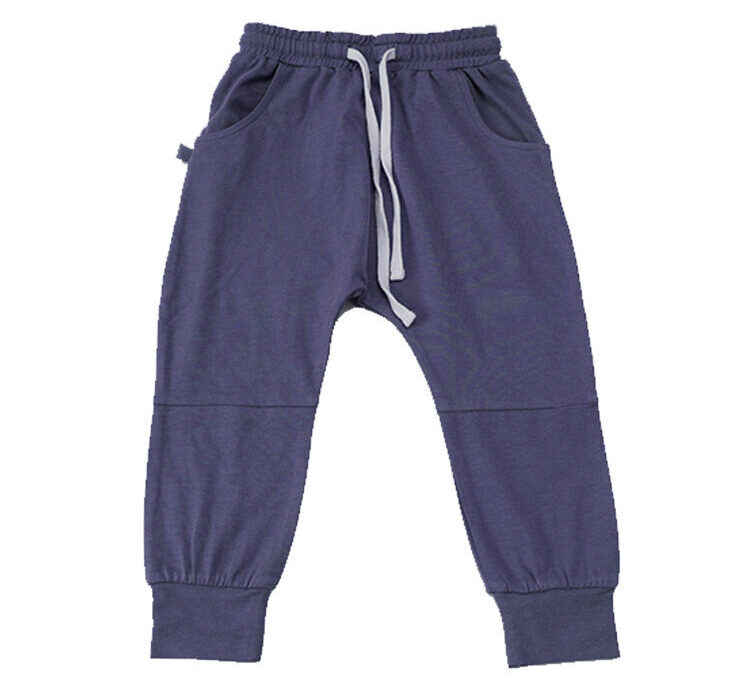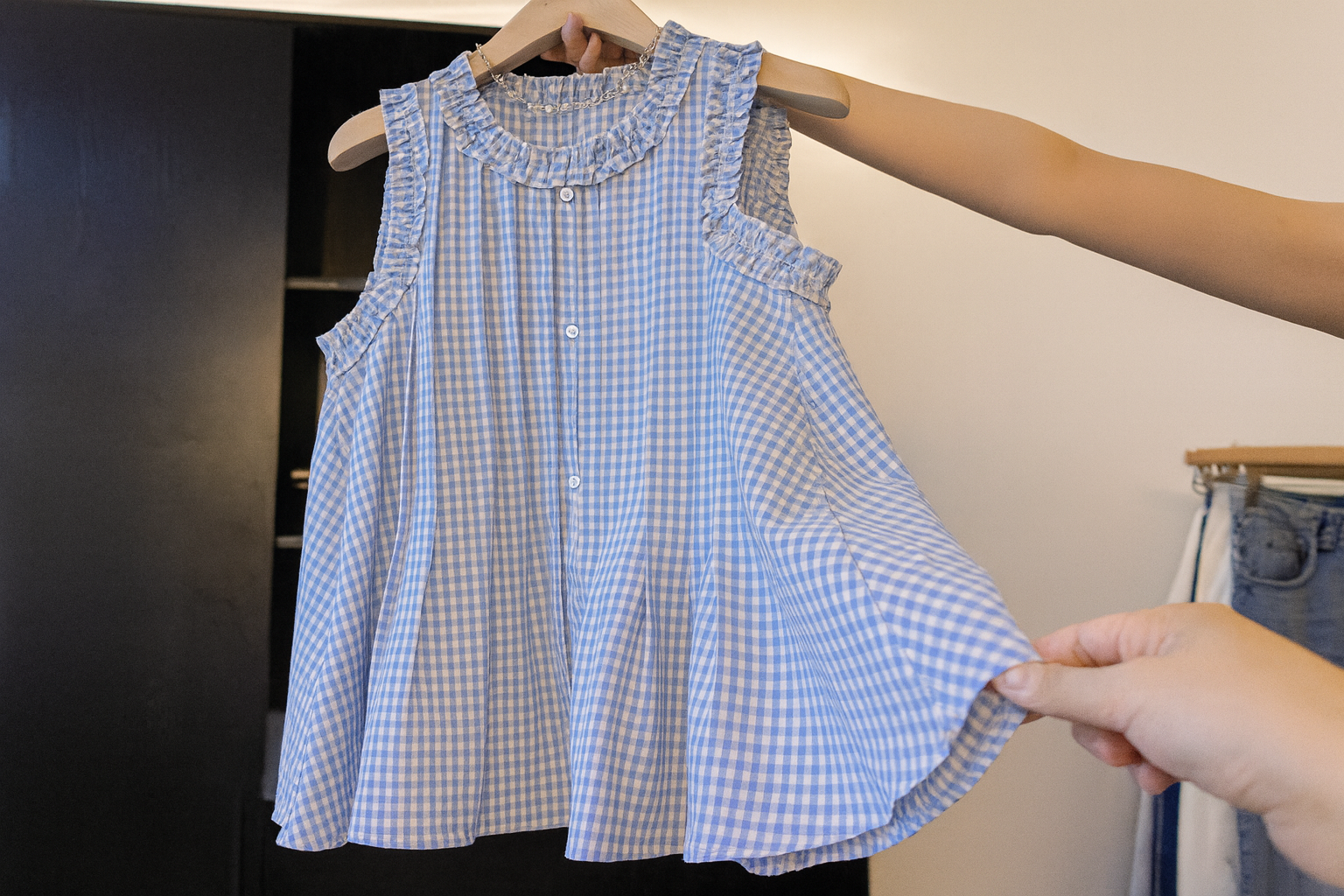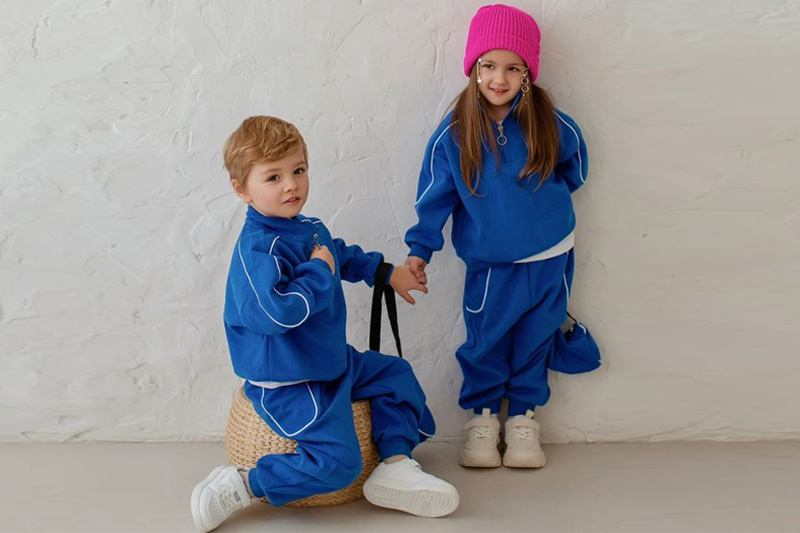When I started helping brands source kids' pants, I quickly realized it wasn’t just about finding someone who could sew a straight seam. It was about finding a partner—someone who understood safety, comfort, timelines, and the madness of back-to-school season. If you’re launching or growing your kidswear business, the right supplier can make or break your brand.
To find the best kids’ pants supplier, focus on reliability, certifications, sample quality, fabric options, pricing transparency, and industry experience. Check their MOQ, communication style, and compliance with children’s safety standards. Comparing local and overseas options—plus knowing red flags to avoid—helps ensure you're not stuck with delays or disappointing quality.
So, how do you find a supplier who checks all those boxes and still feels like a real partner? Let’s break it down.
What qualities define a reliable kids' pants clothing supplier?
You can’t build a solid brand on shaky partnerships. Trust me, I’ve seen it happen too many times.
A reliable kids’ pants supplier is consistent in quality, honest about lead times, responsive in communication, and certified in relevant safety and fabric standards. They understand kidswear specifics, offer customization options, and deliver samples that match production output.
Should you choose local or overseas suppliers for your children’s apparel line?
Ah, the classic sourcing question. Local feels safer, but overseas often offers more options. What’s right for you?
Local suppliers offer shorter lead times and easier communication, while overseas factories—especially in Asia—often provide lower costs, larger capacity, and more fabric variety. Weigh your budget, speed, and control needs when deciding.
How do you verify a supplier’s certifications, safety standards, and compliance?
This isn’t the part where you hope they’re telling the truth. This is the part where you check.
Ask for digital copies of certifications like OEKO-TEX®, GOTS, or CPSIA, and cross-verify with official databases. A supplier should also be open about factory audits, product testing reports, and compliance with children's wear standards in your country.
What is the minimum order quantity (MOQ) you should look for as a startup?
When you're just starting out, you don’t want to be stuck ordering 1,000 pairs of pants in one color.
Startups should look for suppliers offering low MOQs—typically 100 to 300 pieces per style or color. This keeps inventory manageable while allowing room to test designs, get feedback, and pivot quickly if needed.
How can you assess fabric quality and stitching in kids’ pants samples?
Here’s where your hands—and eyes—matter more than spreadsheets.
Inspect samples closely: check for neat, reinforced stitching, soft seams, stretchy yet durable fabrics, and strong waistbands. Wash and wear-test the sample to ensure it holds shape and color.
How we evaluate samples
At Taian Lianchuang Textile, we always suggest our buyers review samples using this checklist:
| Test Type | What to Look For |
|---|---|
| Fabric Feel | Soft, breathable, not scratchy or stiff |
| Stitching | Even seams, no loose threads |
| Durability | Wash test: colorfastness, shrinkage, pilling |
| Fit and Comfort | True-to-size, good stretch recovery |
Do the suppliers offer sustainable or organic fabric options for children's pants?
Eco-conscious buyers are rising—and it’s not just a trend. It’s becoming the standard.
Ask suppliers if they offer GOTS-certified organic cotton, bamboo blends, or recycled materials. Bonus points if they’re transparent about their dyeing and water treatment processes too.
How do you compare pricing, lead time, and shipping options across suppliers?
Here’s the not-so-fun-but-critical part. Grab a spreadsheet—and your negotiating hat.
Request detailed quotes including unit price, lead time, MOQ, packaging cost, and freight options. Compare apples to apples, and factor in not just cost, but reliability and delivery consistency.
What are the red flags to avoid when communicating with potential suppliers?
Sometimes the warning signs come early—you just have to notice them.
Red flags include delayed replies, vague answers, lack of certification proof, overly low prices, and unwillingness to share samples. Trust your gut: if something feels off, it usually is.
Should you work with a factory directly or go through a sourcing agent?
There’s no “right” answer—just what works best for your setup.
Factories offer better pricing and direct control, while sourcing agents handle communication, inspection, and negotiation on your behalf. For first-timers or those with time constraints, a reliable agent can be a lifesaver.
How important is a supplier’s experience specifically in the kidswear market?
Let’s just say—you don’t want your supplier “learning” on your production run.
A supplier with kidswear experience understands sizing curves, safety requirements, and fabric behavior specific to children’s pants. This reduces costly mistakes and speeds up your development timeline.
Why choose Taian Lianchuang Textile Co., Ltd.?
We get it—finding the right supplier feels like dating. You want someone who listens, delivers on promises, and grows with you.
At Taian Lianchuang Textile Co., Ltd., we specialize in custom kidswear manufacturing with low MOQ, certified fabrics, and hands-on sampling support. Based in China, we’ve helped brands across North America, Europe, and Australia build collections that balance price, quality, and reliability.
We know how important it is to ship on time, follow through on quality checks, and make communication easy—even with time zone differences.
Whether you’re launching with 200 pants or scaling up to 20,000, we’re here to support every stage.
Conclusion
Finding the right kids’ pants supplier takes more than a quick Google search. It takes careful questions, real conversations, and knowing what to look—and watch out—for. Choose wisely, and the right partner can help you build not just a line of pants, but a brand parents trust.



